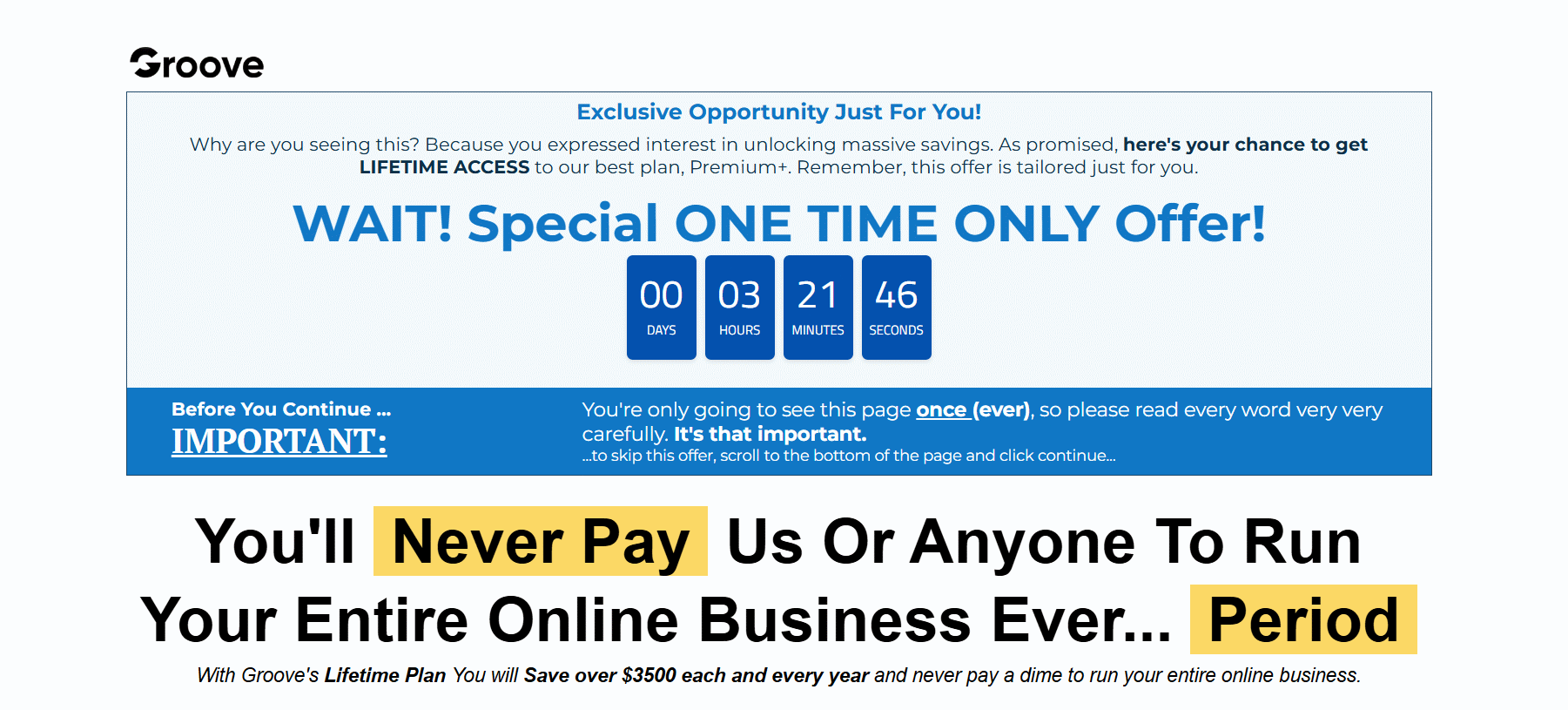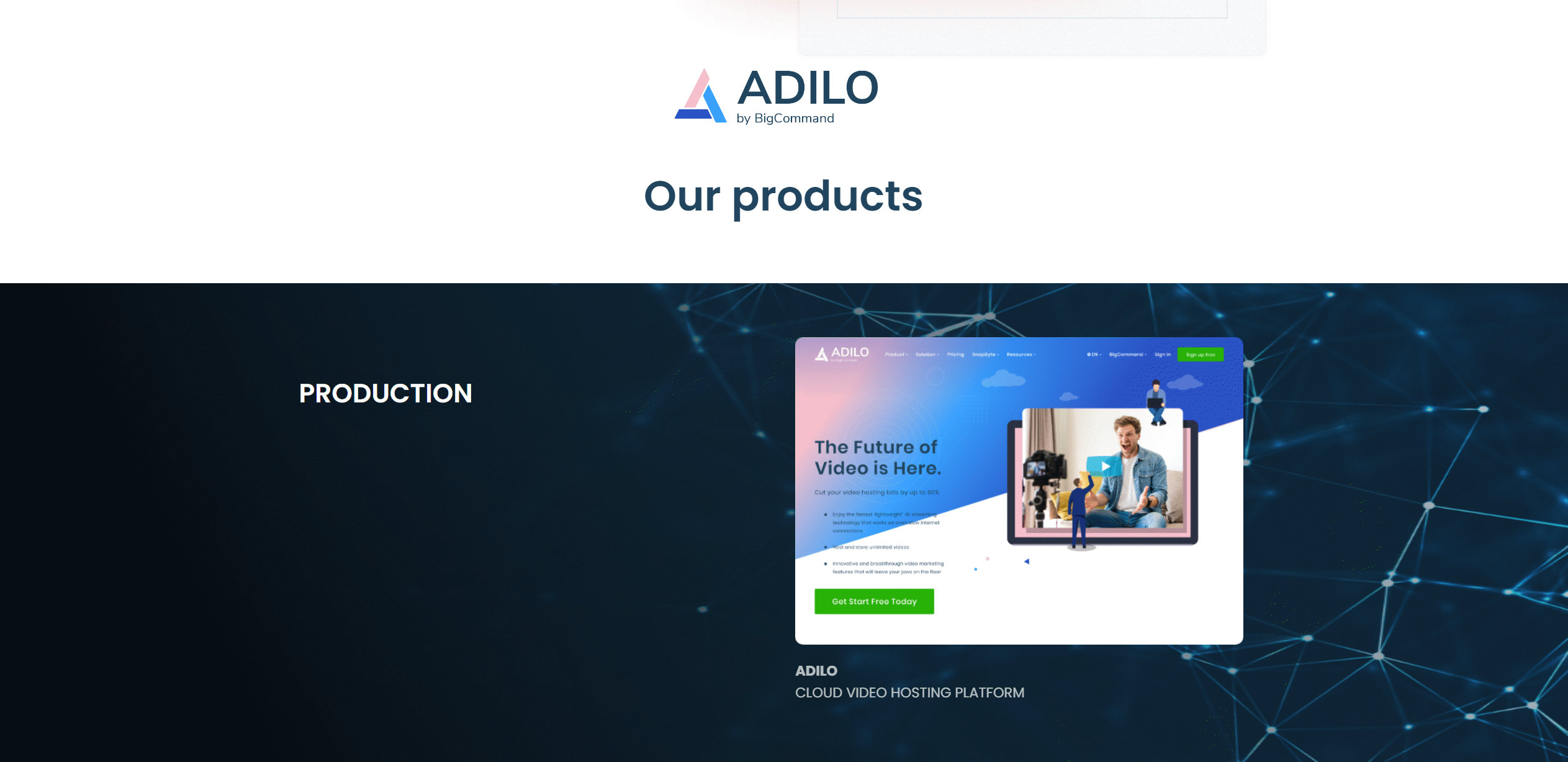They say time waits for no one. I remember missing out on a last-minute flight deal by ten minutes years ago and vowing, 'Never again!' That tiny twinge of regret—it turns out—powers some of the biggest breakthroughs in sales today. In this post, we jump off the hamster wheel of clichéd countdowns and look at what really works (and why) when using urgency to drive conversions from genuine interest, not just FOMO-fueled panic. Here’s what most guides get wrong—and what real brands do differently.
Cognitive Triggers: The Real Roots of Urgency
At the heart of every high-converting sales campaign lies a set of cognitive triggers—deep-seated psychological mechanisms that drive people to act fast. These triggers are not new; they’re hardwired into the human brain, evolved over millennia to help us make quick decisions when it matters most. In the context of modern commerce, these psychological triggers are the real roots of urgency, making consumers feel that opportunities are fleeting and action is required now.
Consider the rush for Amazon’s flash sales or the frenzy around exclusive sneaker drops on Nike’s SNKRS app. These aren’t random spikes in interest. They’re the result of carefully crafted scarcity tactics that tap into our cognitive biases. When a product is labeled as “limited edition” or a timer counts down the minutes left for a deal, our brains perceive increased value and risk of missing out. Research shows that scarcity and urgency not only raise perceived value but also drive immediate action—key for boosting conversion rates.
Social proof is another powerful cognitive trigger. As Marcus Taylor notes, “Urgency doesn’t need to be manipulative; in fact, the best urgency is honest and customer-centric.” Real-time pop-ups on Booking.com, such as “20 people viewing this room,” create a sense of social competition. This taps into our instinct for social survival—if others are interested, we should be too. Data from Power Reviews reveals that 98% of consumers consider reviews before buying, and Booking.com saw an 18% uplift in conversions after adding social activity indicators. Social proof not only validates a purchase but also amplifies urgency by signaling that others may beat you to the punch.
Exclusivity and limited-time offers further fuel the “now or never” mindset. Nike’s SNKRS app, for example, leverages exclusivity so effectively that it drove a 38% increase in digital sales following highly anticipated drops. A 2 Visions study found that scarcity signaling alone can boost product attractiveness by 7.6%, and when paired with a 30% discount, buyers are 178% more likely to convert. These figures highlight how psychological triggers—especially those rooted in scarcity and social proof—can make limited offers nearly irresistible.
Ultimately, the most effective urgency triggers are those that align with genuine value and transparent communication. When brands use cognitive triggers like scarcity tactics and social proof authentically, they not only drive conversion rates but also build lasting trust.
Persuasion Strategies That Don’t Feel Pushy (But Work Wonders)
Sales professionals often walk a fine line between motivating action and coming across as overly aggressive. The most effective urgency strategies rely on psychological triggers that nudge prospects to act—without ever feeling manipulative. As Marcus Taylor puts it,
'If honesty is your default, urgency is your accelerator.'
One of the most reliable tools in the urgency toolkit is the countdown timer. Research shows that making deadlines visible can dramatically improve conversion rates. For example, Cracku, an educational platform, experienced a staggering 300% increase in conversions after implementing countdown timers on their offers. Similarly, LiferLMS generated 7,000 new leads and an additional $23,600 in revenue over just five months by making their limited-time offers feel truly limited. These results highlight the power of real, time-bound opportunities—when customers see the clock ticking, hesitation fades.
Another subtle yet powerful approach is transparency pricing. Instead of springing price hikes on customers, some companies—like a leading steel manufacturer—announce increases in advance. This honest communication builds trust and often prompts immediate purchases before the change takes effect. In fact, this strategy led to a 20% sales boost for the steel company, proving that transparency can be just as persuasive as urgency.
Micro-sales and limited-time offers have also become mainstays for brands like Amazon and Domino’s. Amazon’s flash deals and Domino’s “emergency pizza” campaign illustrate how short, sharp promotions can move people off the fence. Domino’s, for instance, offered a free pizza to loyalty members within 30 days of a qualifying order—resulting in two million new loyalty sign-ups and a 2.8% increase in same-store sales during Q4 2023. These micro-sales foster action without damaging long-term brand trust, especially when paired with genuine value.
Sometimes, urgency doesn’t need a ticking clock. Implied urgency, woven into headlines and calls to action, can be just as effective. A case in point: MusicLawContracts.com saw a 147% leap in conversions simply by tweaking CTA language and adding subtle urgency cues. Phrases like “limited stock available” or “prices increase soon” prompt faster decisions, even in the absence of a hard deadline.
Ultimately, the most effective urgency strategies—from countdown timers to transparency pricing and micro-sales—work because they respect the customer’s intelligence. They create a real sense of opportunity, not pressure, and that’s why they consistently drive higher conversion rates without crossing the line.
Building Emotional Connections: FOMO, Stories, and the Human Factor
In today’s crowded digital marketplace, flashy sale banners and countdown timers are everywhere. Yet, research shows that the real power behind FOMO Marketing and urgency comes from something deeper: emotional connections. The right testimonial or influencer endorsement doesn’t just nudge shoppers—it moves them. Why? Because people trust people, not faceless brands. This is where Social Proof and authentic storytelling become the backbone of effective urgency triggers.
Consider the case of Fender Play. The iconic guitar brand faced a staggering 90% attrition rate among new buyers—most would slam the door on their musical journey within a year. Instead of pushing discounts, Fender invested in digital lessons and community-driven stories. The result? A dramatic shift: 95% retention and over 200,000 new paying subscribers. This turnaround wasn’t about scarcity or a ticking clock. It was about showing real people succeeding, sharing their progress, and inspiring others to act. As Marcus Taylor puts it,
"Real urgency is about helping, not herding."
That’s the human factor. When customers see others like them achieving mini-wins, it sparks genuine intent to act—not just fleeting interest. This is why User-Generated Content is so powerful. According to industry data, 60% of shoppers trust content from fellow users more than anything a brand claims. Whether it’s a review, a photo, or a quick video, these authentic voices create emotional connections and drive urgency organically.
Influencer Endorsements also play a critical role. When a trusted figure shares their experience, it doesn’t just boost credibility—it creates FOMO. Followers want to be part of the same journey, to not miss out on what’s trending or valuable. This blend of social proof and emotional resonance is far more effective than any generic “limited time offer.”
Brands like Domino’s have mastered this approach. Their “emergency pizza” campaign didn’t just reward loyal customers—it doubled as a clever FOMO driver. By letting members claim a free pizza within 30 days, Domino’s turned a simple perk into a mini-win that customers wanted to share, fueling both engagement and urgency.
Ultimately, the most effective urgency triggers are rooted in Customer Experience and authentic connection. Emotional stories, peer-driven FOMO, and real user wins don’t just sell—they build lasting loyalty. In the words of Marcus Taylor, urgency should feel like help, not herding. That’s the difference between a fleeting sale and a devoted customer base.
Transparency and Trust: The Silent Accelerators
In the world of urgency strategies, few tactics are as quietly powerful as transparency pricing and authentic communication. While flashy countdowns and limited-time offers grab attention, research shows that genuine honesty is what truly accelerates conversions and builds lasting customer experience. Marcus Taylor, in his comprehensive article on urgency triggers, highlights that “You build trust by doing what you said you’d do—even when it costs you.” This Authority Influence is not just a matter of ethics—it’s a proven business driver.
Consider the case of a steel manufacturer that chose to publish its pricing calculator and announce price hikes in advance. Instead of losing customers, the company saw a 20% increase in sales. The lesson? Talking about price changes up front can foster more loyalty than surprise discounts ever could. Customers appreciate knowing what’s coming; it removes skepticism and positions the brand as a partner rather than a trickster.
Transparency pricing doesn’t just apply to B2B. In the fast-paced world of consumer brands, Dutch Bros stands out for its commitment to speed and personal service. By being upfront about what customers can expect—and delivering on those promises—Dutch Bros achieved a 32.6% revenue jump, outpacing Starbucks, which recently cut 1,100 jobs due to slower, less personal service. Here, customer experience and honest communication worked hand-in-hand to create urgency without resorting to artificial tactics.
Exclusivity, when done right, is another silent accelerator. Nike’s SNKRS app is a masterclass in this approach. By pre-warning users about digital sneaker drops and making the process transparent, Nike generated a 38% surge in digital sales. The exclusivity felt real because it was real—no fake scarcity, no misleading countdowns. This kind of urgency strategy leverages both the desire for membership and the trust that comes from clear, honest messaging.
On the flip side, limited-supply messaging only works if it’s authentic. Artificial urgency—like fake “only 3 left” banners or perpetual sales—can destroy trust and, ultimately, conversions. Studies indicate that today’s customers are quick to spot phony tactics, and the backlash can be swift and severe.
The key finding is clear: Transparent, genuine urgency outperforms artificial, untrustworthy tactics every time. Authority Influence, Exclusivity, and honest Urgency Strategies don’t just drive sales—they elevate the entire customer experience.
Color, Copy, and Context: How Small Tweaks Make Big Waves
In the world of urgency strategies, the difference between mediocre and record-breaking conversion rates often comes down to subtle, psychological triggers. It’s not just what is offered, but how it’s framed—through color psychology, persuasive copy, and contextual cues that guide the customer journey. Research shows that these elements, when deployed with honesty and relevance, can catalyze urgency and drive real action without crossing ethical lines.
Consider the impact of color psychology. Red, in particular, is a universal signal for urgency in Western cultures. Marcus Taylor highlights this with a compelling example: Skates, an e-commerce brand, implemented blinking red exit banners that appeared when users were about to leave the site. The result? A 6.29% conversion save rate among at-risk visitors. This isn’t just a fluke; it’s a testament to how cognitive biases—our brains’ hardwired responses to certain stimuli—can be leveraged to boost conversion rates. As Taylor puts it,
“Context beats cleverness; sometimes, a red sign works because our brains never outgrow fire alarms.”
But color alone isn’t enough. Copy and context matter just as much. Taylor’s own A/B test on a landing page for MusicLawContracts.com is a case in point. By pairing urgent language with credibility-boosting statistics, conversions jumped from 3.5% to nearly 10%. The lesson? Urgency strategies work best when urgency is clear, relevant, and supported by social proof or data.
Taylor’s “Lift Model” for conversion optimization distills this further: urgency must be married with clarity, relevancy, a strong value proposition, low anxiety, and minimal distractions. For example, a frictionless path—free of unnecessary navigation or clutter—keeps users focused on the action you want them to take. At the same time, trust signals like guarantees and transparent pricing reduce anxiety, making it easier for visitors to commit.
Ultimately, the most effective persuasion strategies rely on understanding cognitive biases and using them responsibly. Context—how an offer is presented through color, copy, and layout—can make urgency feel both natural and compelling. When these elements are perfectly aligned, small tweaks can indeed make big waves, turning fleeting attention into lasting conversions. The key is to remain authentic, transparent, and always focused on the customer’s experience.



